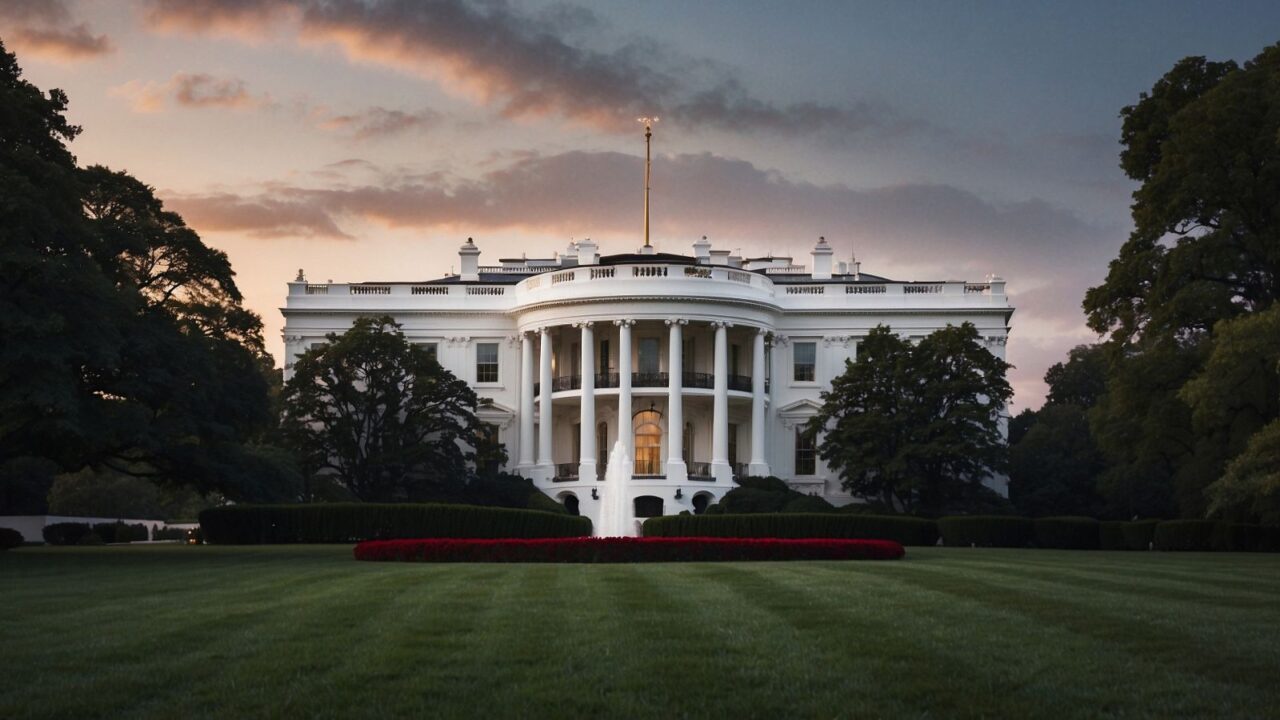
The Rooms That Made History
The White House isn’t just a political powerhouse; it’s also an ever-evolving showcase of American taste, tradition, and transformation. With each administration, the interiors shift subtly, blending historical preservation with modern personality.
From the dazzling State Dining Room to the private residence floors, each space tells a tale that reflects not only presidential preferences but also the pulse of the nation. Let’s take a stroll through some of the White House’s most iconic rooms and discover how they came to be.
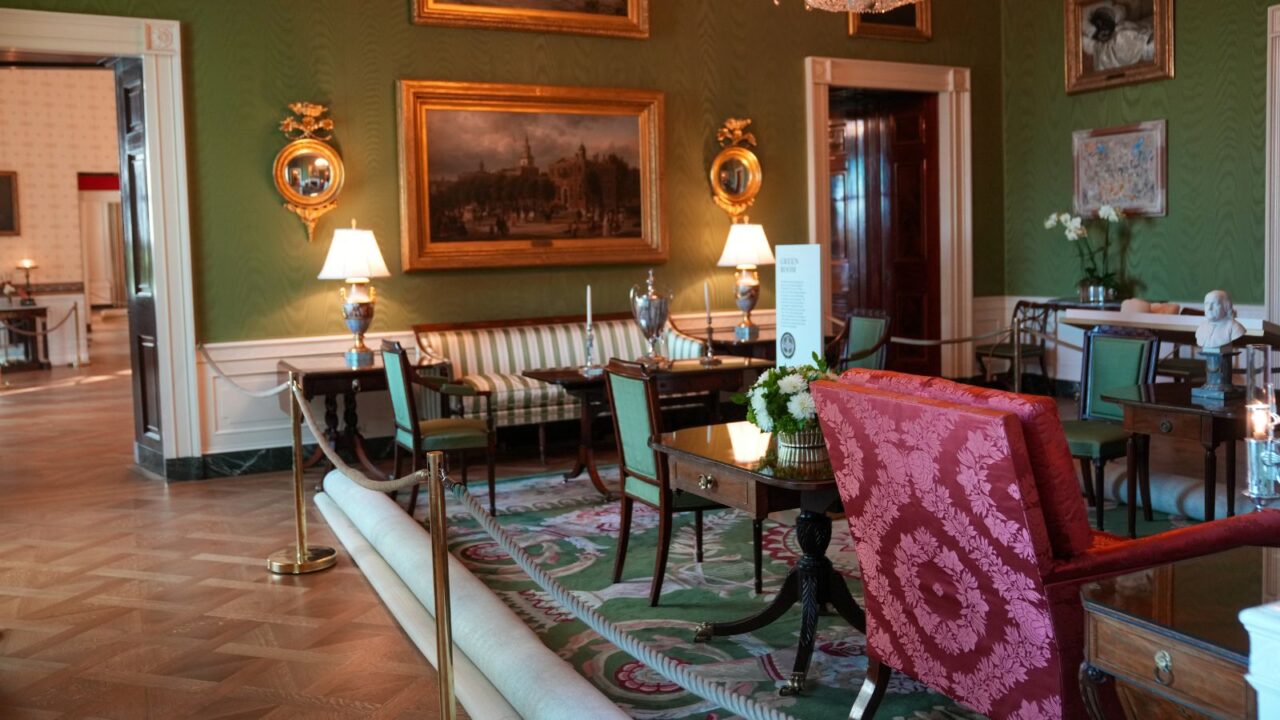
The Green Room, A Classical Federal Parlor
Originally intended to be a dining room, the Green Room now serves as a parlor for receptions. Its soft green tones were designed to be soothing and reflective of nature, creating a calm atmosphere for guests.
The style draws on Federal and Classical elements, featuring antique American furniture from the early 1800s. The color palette changes slightly from administration to administration, but green always stays the star. Portraits, mirrors, and drapery tie it all together.
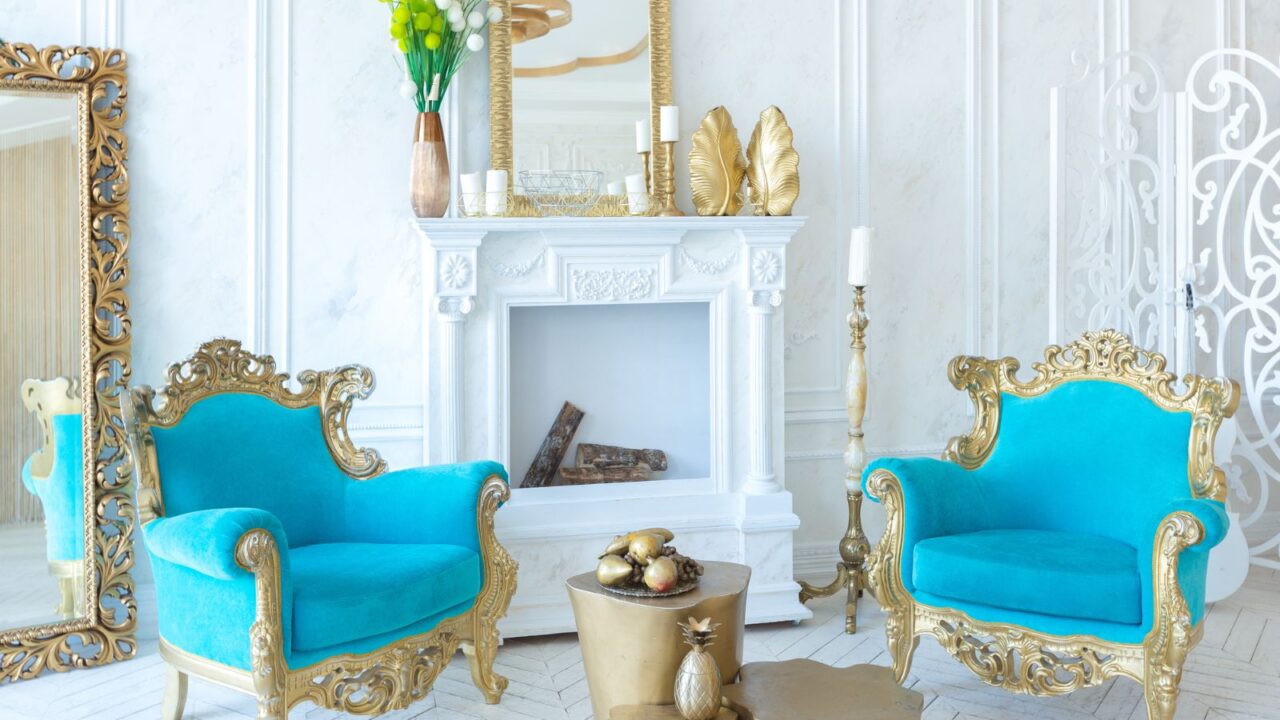
The Blue Room, Where Diplomacy Begins
The Blue Room is instantly recognizable due to its oval shape and regal blue color scheme. It’s used for small receptions and receiving lines during state dinners. Presidents have welcomed world leaders here for more than two centuries.
Its furniture style is Empire, and the decor has French influence thanks to James Monroe, who gave it a luxe update in the early 1800s. The White House’s official Christmas tree is placed here every year, becoming a central part of holiday traditions.
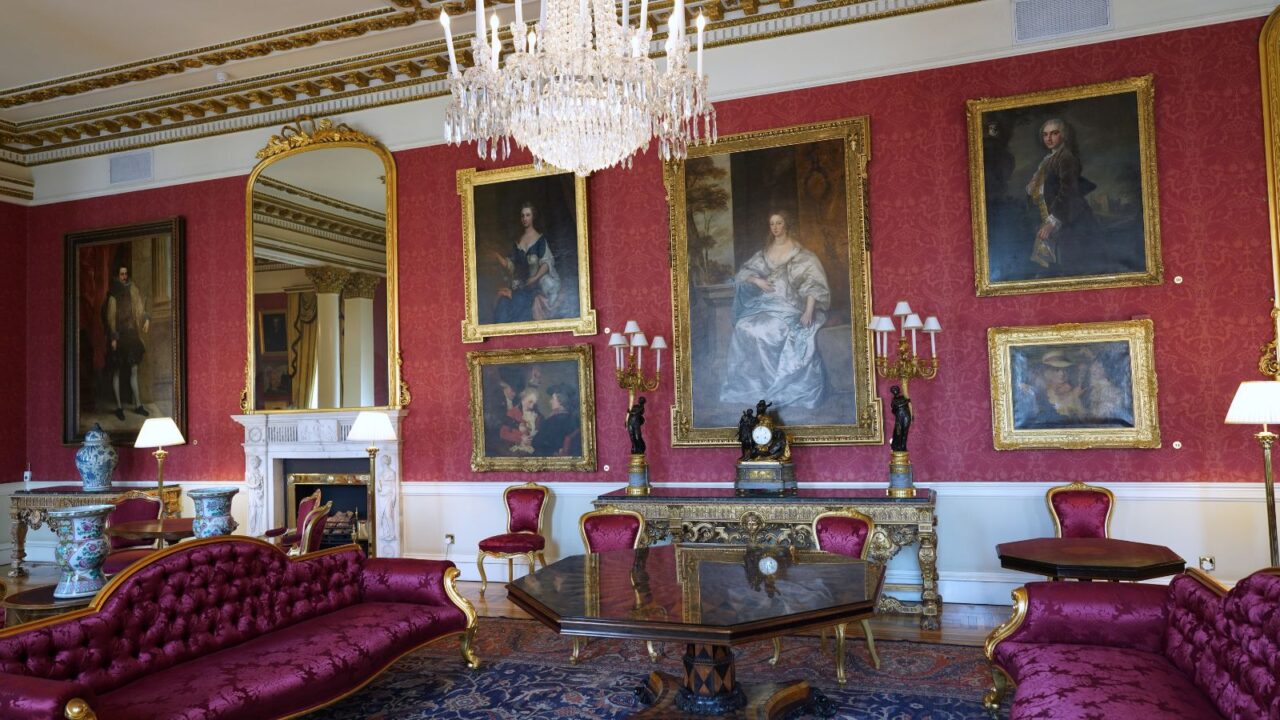
The Red Room, Warmth Meets Formality
This intimate space gets its name from the rich red fabrics used throughout. While it might be smaller than the others, it has hosted some big moments, including teas, interviews, and informal meetings with dignitaries. It conveys both warmth and formality.
Its style leans heavily into American Empire decor, with dark woods and silk upholstery. First Ladies often personalize it. Jackie Kennedy brought in period-accurate antiques, while others have used textiles to subtly reflect their time in office.
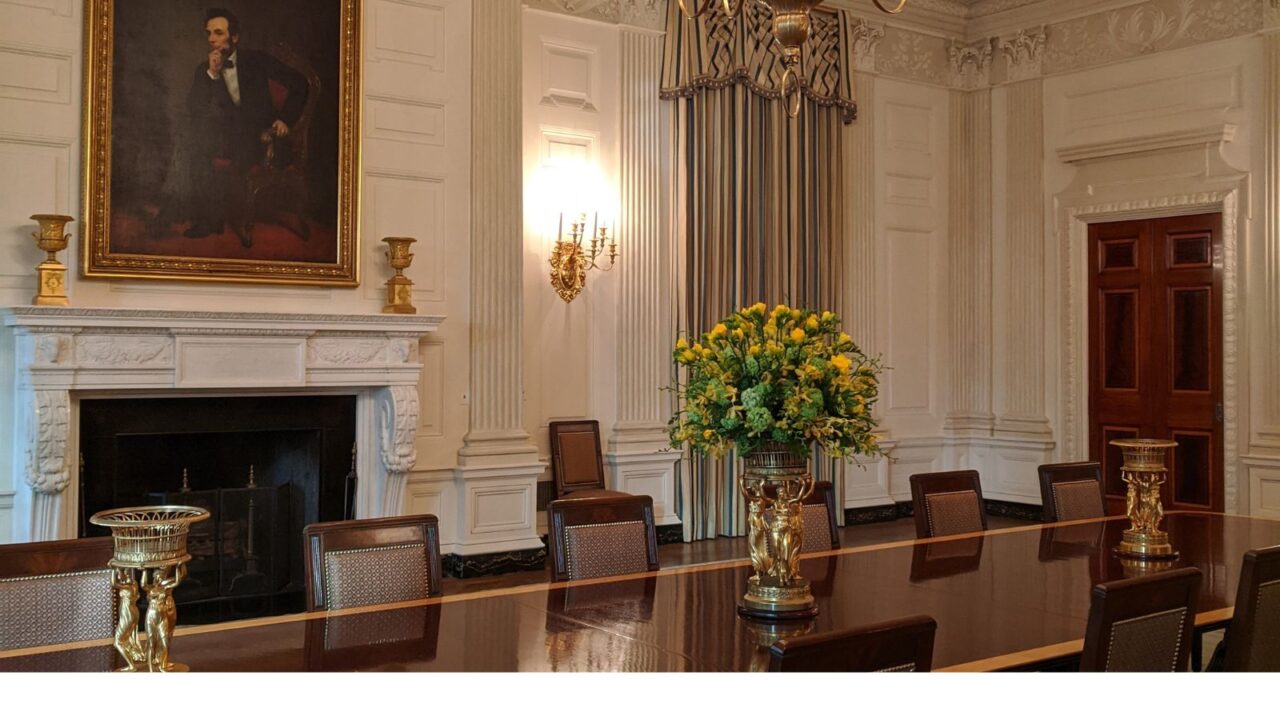
The State Dining Room, Grandeur at the Table
The State Dining Room is where heads of state enjoy formal dinners, complete with place cards and crystal. It seats approximately140 guests and serves as a backdrop for some of the most glamorous moments in White House history.
The room features dark wood paneling, a massive fireplace, and a portrait of Abraham Lincoln, added by Theodore Roosevelt. Its Georgian-style decor blends tradition with timeless elegance. Table settings, often arranged by the First Lady, add a modern or personal touch.
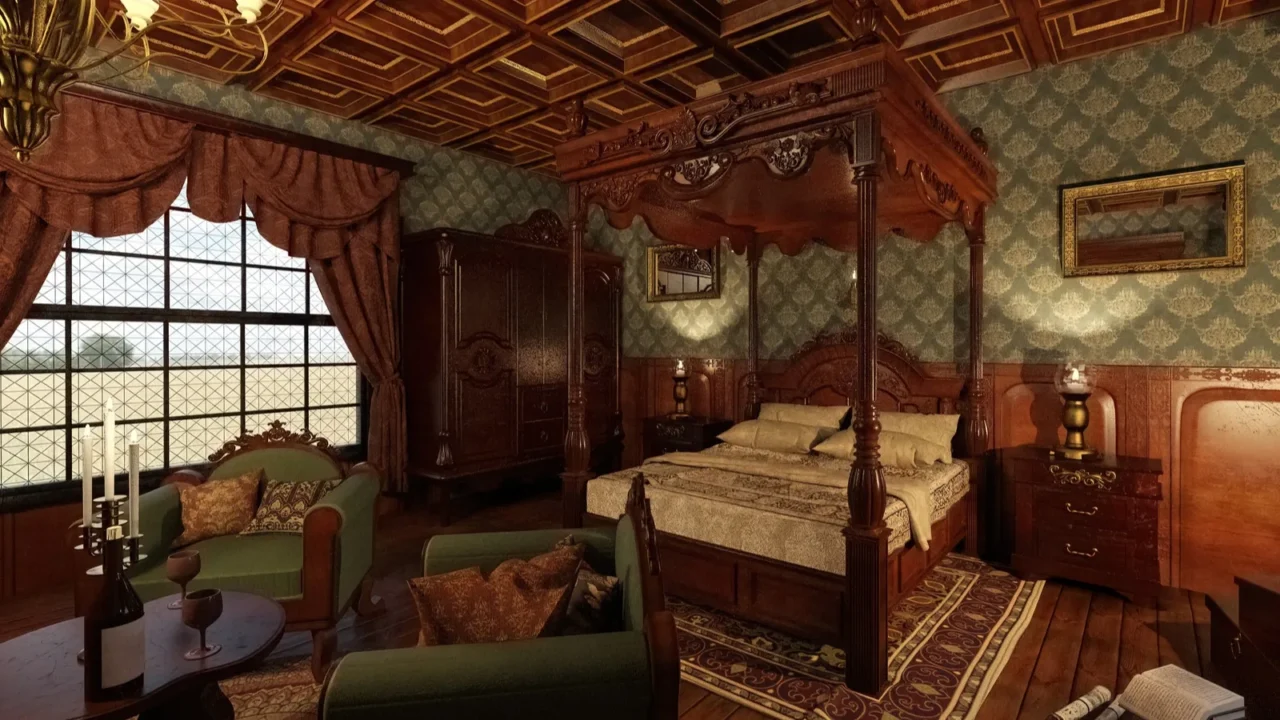
The Lincoln Bedroom, History Preserved in Mahogany
Contrary to what its name suggests, Lincoln never actually slept here. The room was used as an office during his presidency. Still, it contains original artifacts from his era, including the famous Lincoln bed.
The Victorian Gothic style stands out, with carved wood furniture, heavy drapes, and deep colors. The bed itself is an antique made around 1860 and spans nearly eight feet in length. Visitors often say staying here feels like stepping back in time.
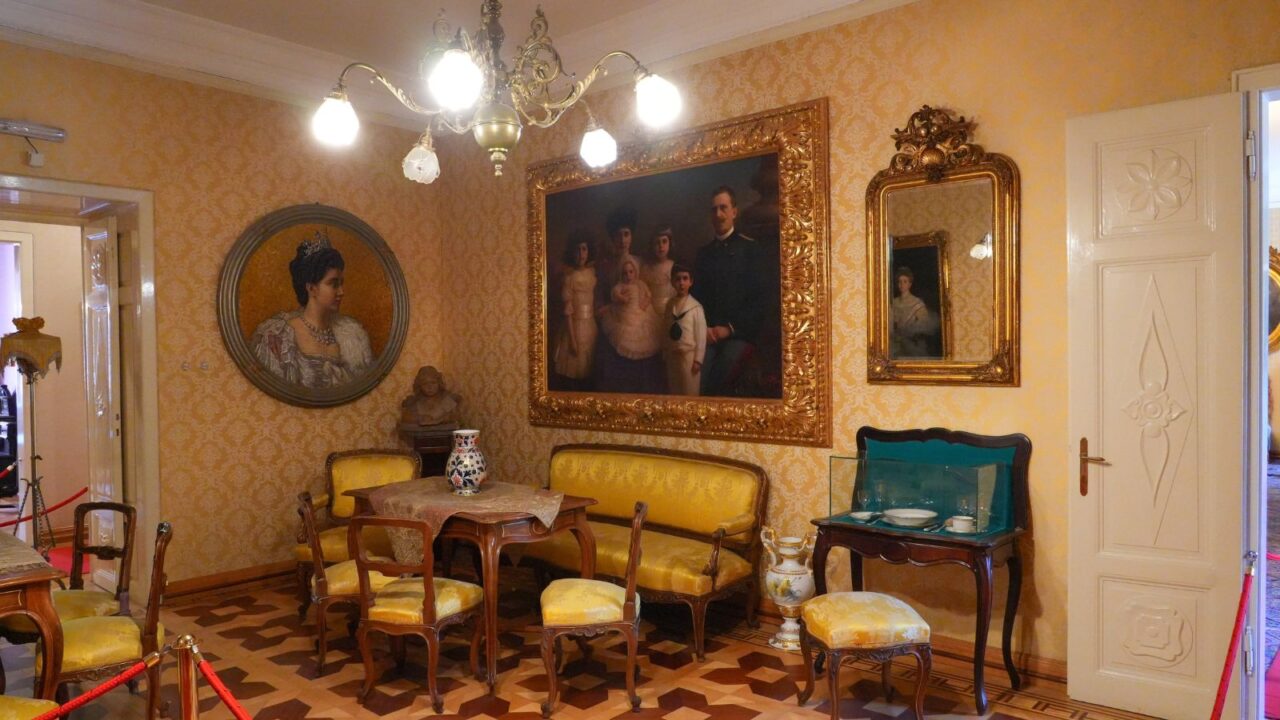
The Yellow Oval Room, Soft Elegance Upstairs
This cozy space has a view of the South Lawn and is used for greeting special guests. Originally a drawing room, the Yellow Oval Room reflects a delicate style and understated elegance with soft yellow walls and richly detailed furniture.
It’s often used for intimate meetings with heads of state or as a gathering spot before official events. The curved walls and tall windows give it a light, airy vibe. Its Federal-style furnishings create a welcoming yet stately environment.
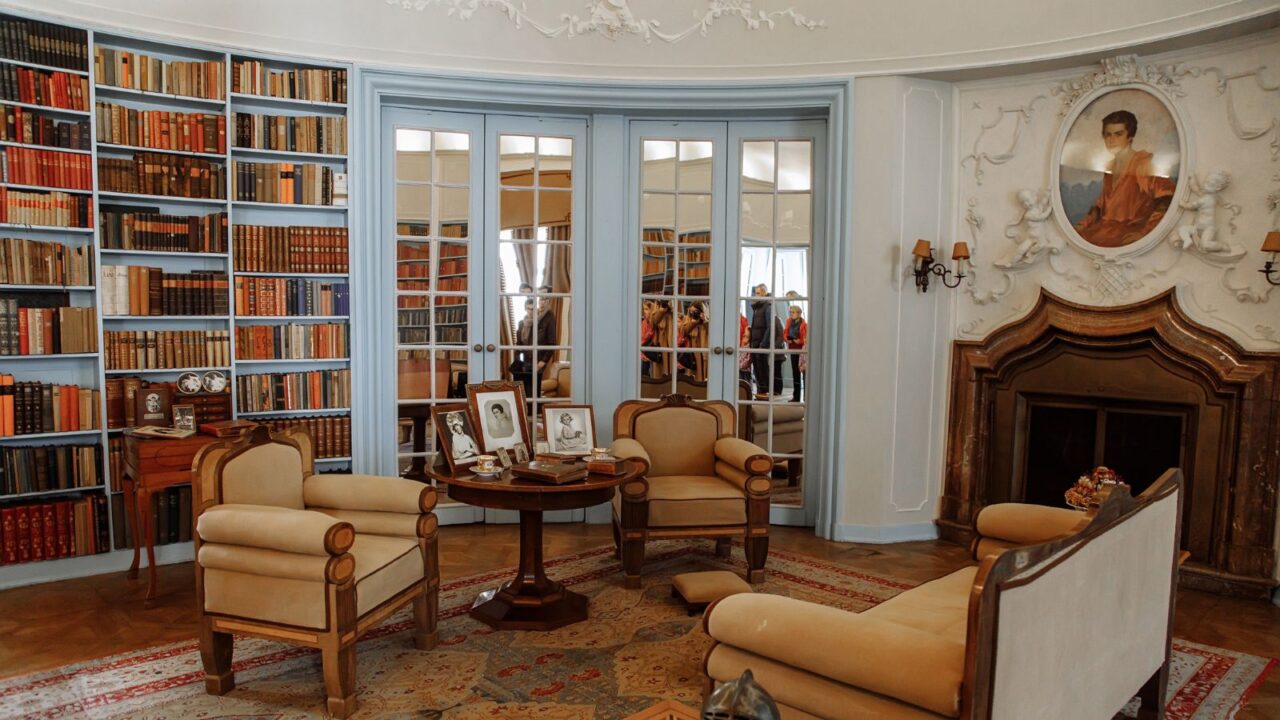
The Map Room, War Strategy Central
The Map Room gets its name from its World War II use under Franklin D. Roosevelt. It housed maps and communications used to track the war effort and has since been transformed into a sitting room.
Although now more decorative than functional, the room still pays tribute to its history. Framed antique maps and nautical touches remain. The design leans traditional, featuring comfortable seating, a fireplace, and framed historical documents on the walls.
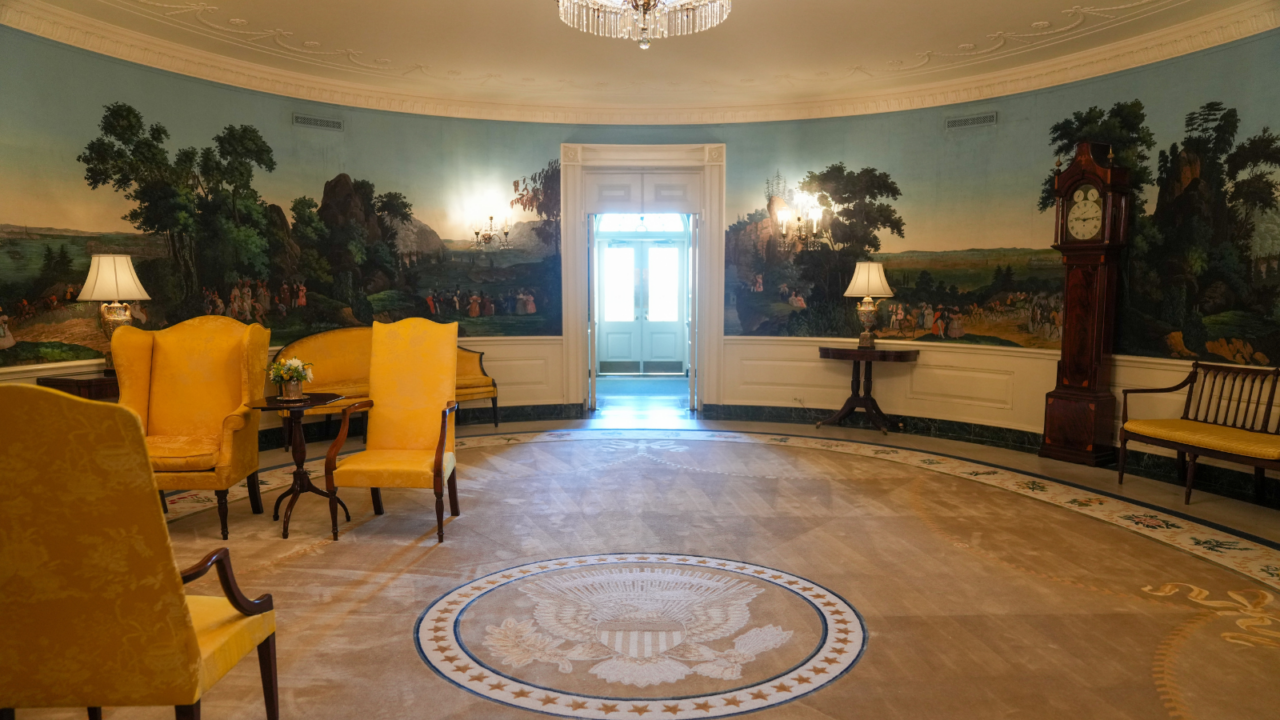
The Diplomatic Reception Room, First Impressions Count
Located on the ground floor, this room is often the first formal space visitors see when entering the White House. Presidents have used it for televised addresses, and it’s where many ambassadors are welcomed.
The standout feature here is the panoramic wallpaper called “Views of North America,” installed during Jacqueline Kennedy’s restoration. The decor is 18th-century American style, featuring period-appropriate antiques and classical architectural touches like fluted columns and a marble mantel.
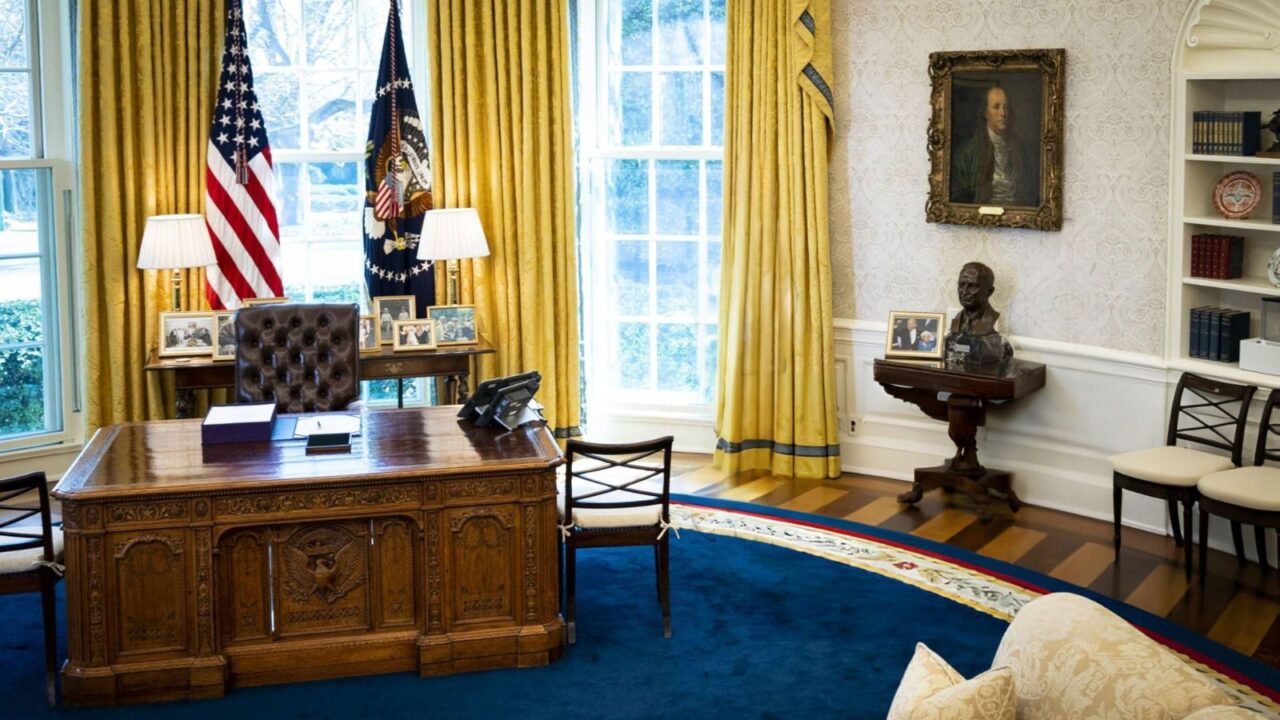
The Oval Office, The Power Seat
Probably the most recognized room in the world, the Oval Office is where the president works and meets with world leaders. Its shape and layout have stayed consistent since it was built in 1909.
Each president customizes the room’s decor, choosing the desk, rug, and artwork. Styles range from traditional to modern, depending on the administration. The space is designed to be both presidential and welcoming, reflecting power and accessibility at once.
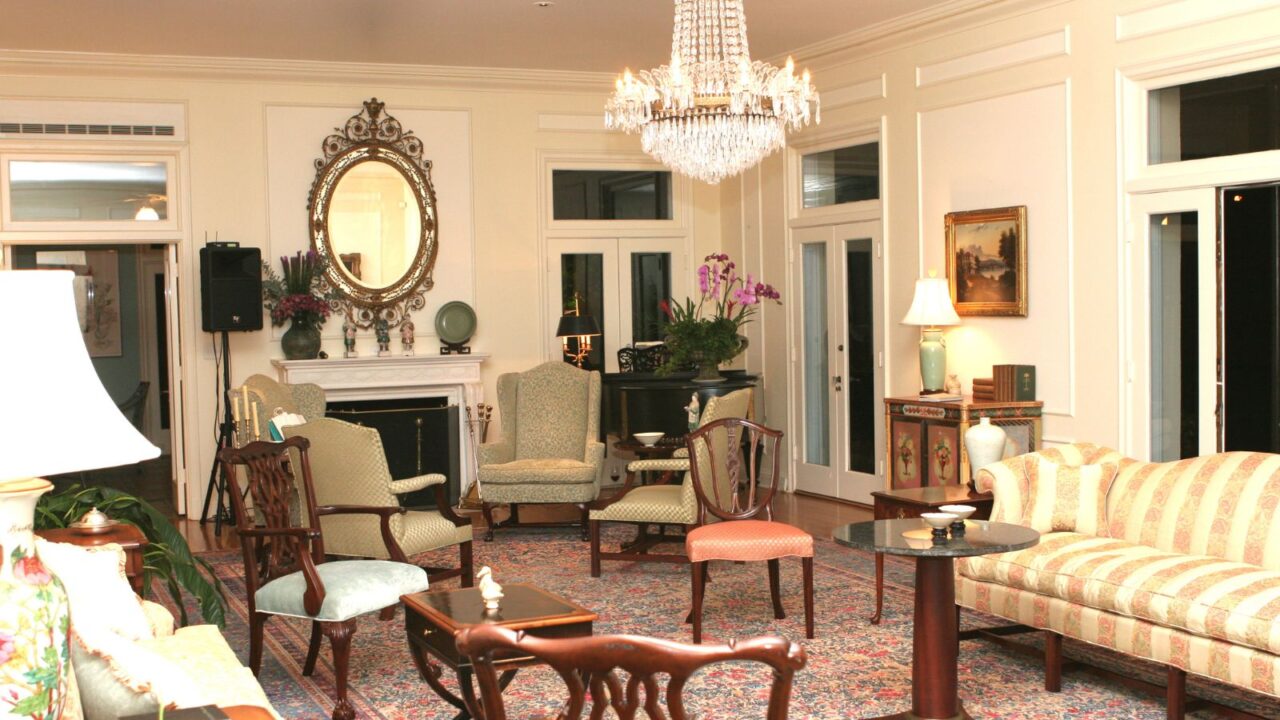
The Vermeil Room, Gilded with Grace
Used primarily as a display space, the Vermeil Room houses a large collection of gilded silver, also known as vermeil. These pieces were gifted to the White House in the 1950s and add a luxurious touch to the room.
This ground-floor room also showcases portraits of recent First Ladies. It’s softly lit, with pale walls and classic furniture, offering a quiet elegance. Though not used often for meetings, it represents a blend of artistry and diplomatic prestige.
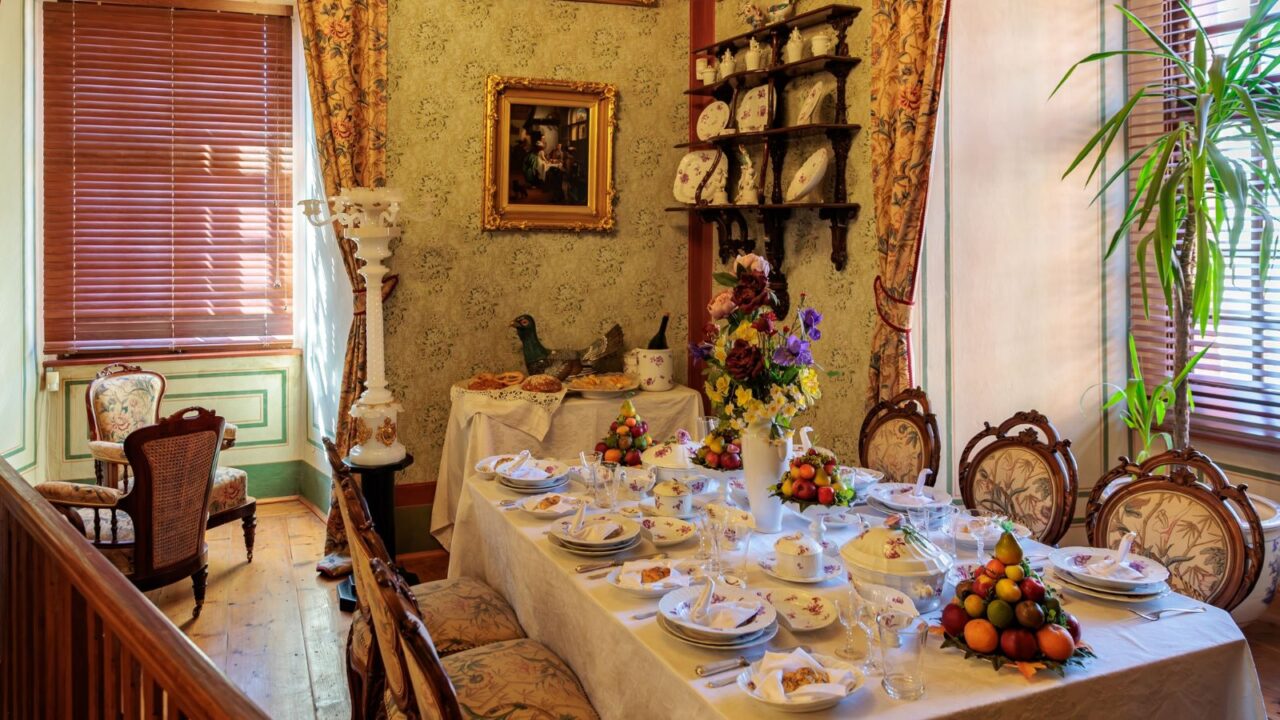
The China Room, Presidents on Porcelain
The China Room is where the official tableware of past presidents is displayed, making it a unique window into White House entertaining. Each set reflects the style and taste of a particular era.
The room itself is styled with red walls and Federal-era furnishings. Curated like a small museum, it highlights patterns, seals, and monograms used on state china. From Theodore Roosevelt’s golden eagles to Obama’s modern cobalt-and-white designs, every plate tells a story.
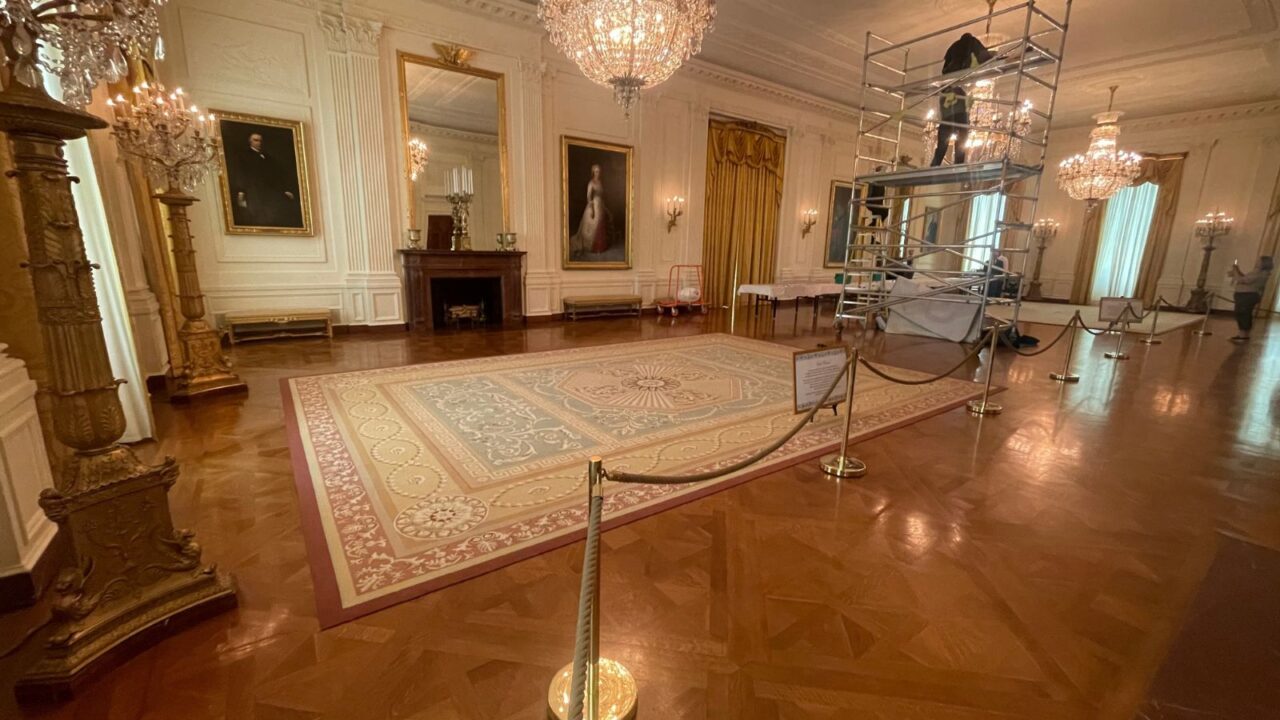
The East Room, The White House’s Grand Hall
The East Room is the largest in the White House and has been a showstopper since the 1820s. It’s where presidents host receptions, press conferences, and even weddings, like the one for Lynda Bird Johnson. The space has been revamped many times, but it always keeps its wow factor.
Huge chandeliers, ornate crown moldings, and tall windows make it feel like a ballroom. With its elegant white-and-gold color scheme and polished wood floors, it reflects French-inspired neoclassical design. Think Versailles, but American style.
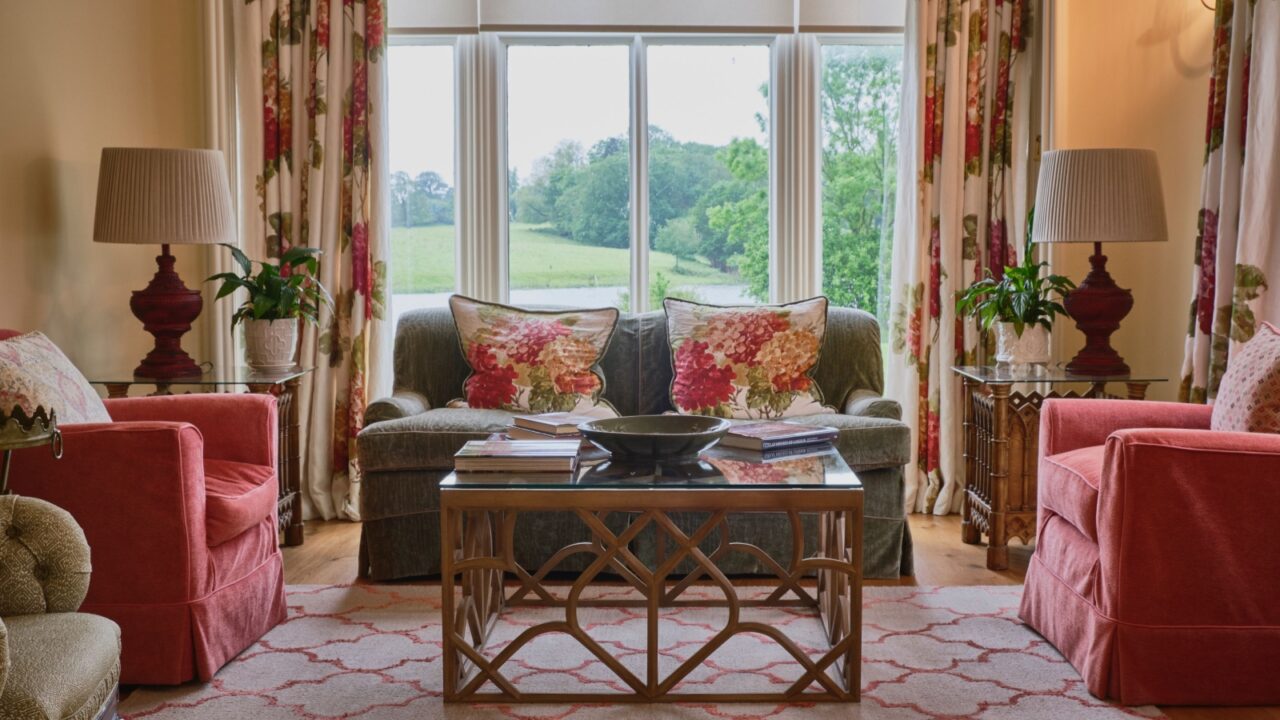
The West Sitting Hall, Quiet Corners of Daily Life
Part of the private residence, this cozy spot offers views of the Washington Monument and is often where the First Family relaxes. It connects the president’s bedroom to other family rooms upstairs.
The design leans toward comfort, often reflecting the First Family’s personal taste. Sofas, reading lamps, and family photos give it a warm feel. While less famous, it’s a room that brings daily life into one of the world’s most formal homes.
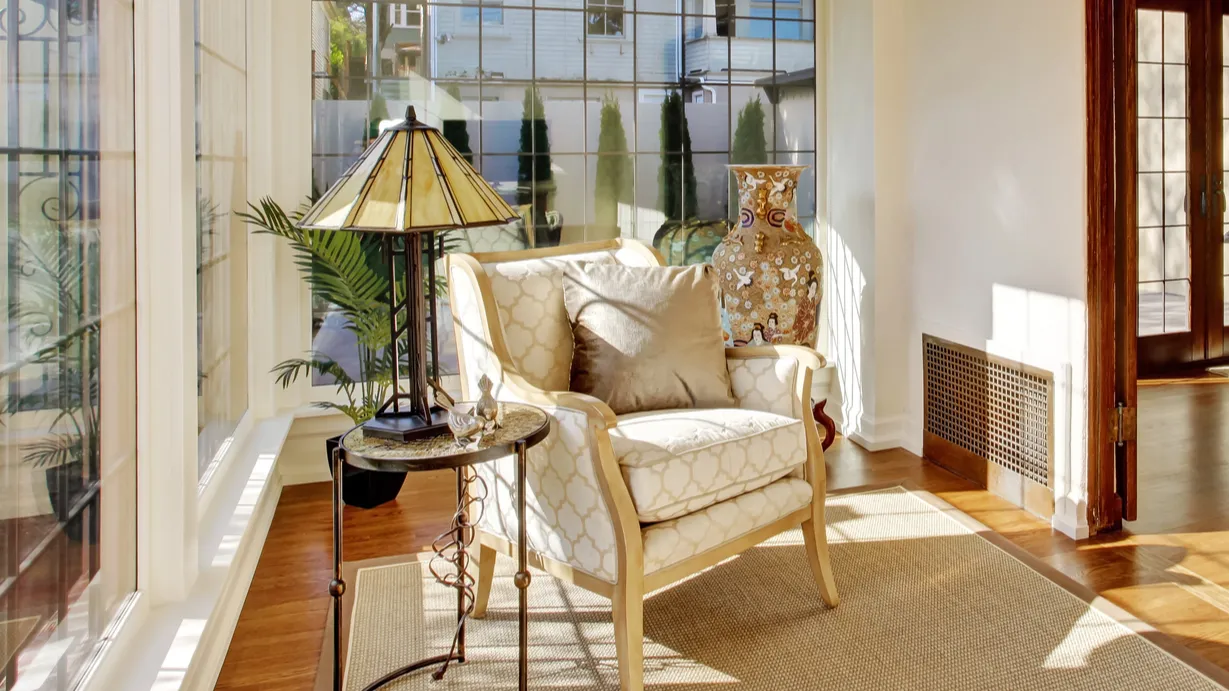
The Solarium, Sunshine and Solace
The Solarium on the top floor is a sunny retreat with big windows and panoramic views of D.C. It’s been used for everything from First Family hangouts to post-op recovery, Mamie Eisenhower even napped here after surgery.
Presidents and their families often personalize this room with books, plants, and casual furniture. It feels more like a suburban sunroom than a palace chamber. The space is a rare look at how American leaders unwind in private.
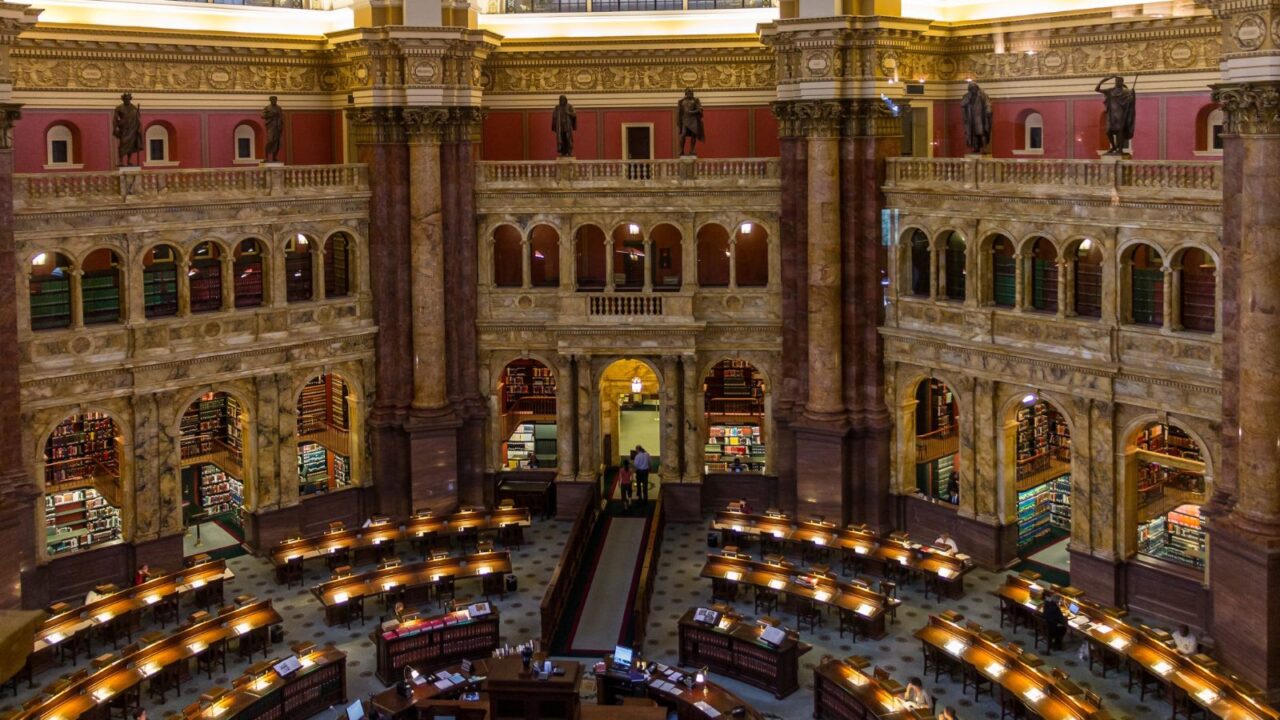
The White House Library, A Presidential Book Nook
Filled with more than 2,700 books, the White House Library is both a working space and a ceremonial room for small events. Located on the ground floor, it has served various functions over the years.
The style reflects early American architecture, with neoclassical details and warm wood tones. The collection includes American history, politics, and culture. It’s often used for interviews or film shoots and offers a reflective, brainy contrast to flashier rooms.
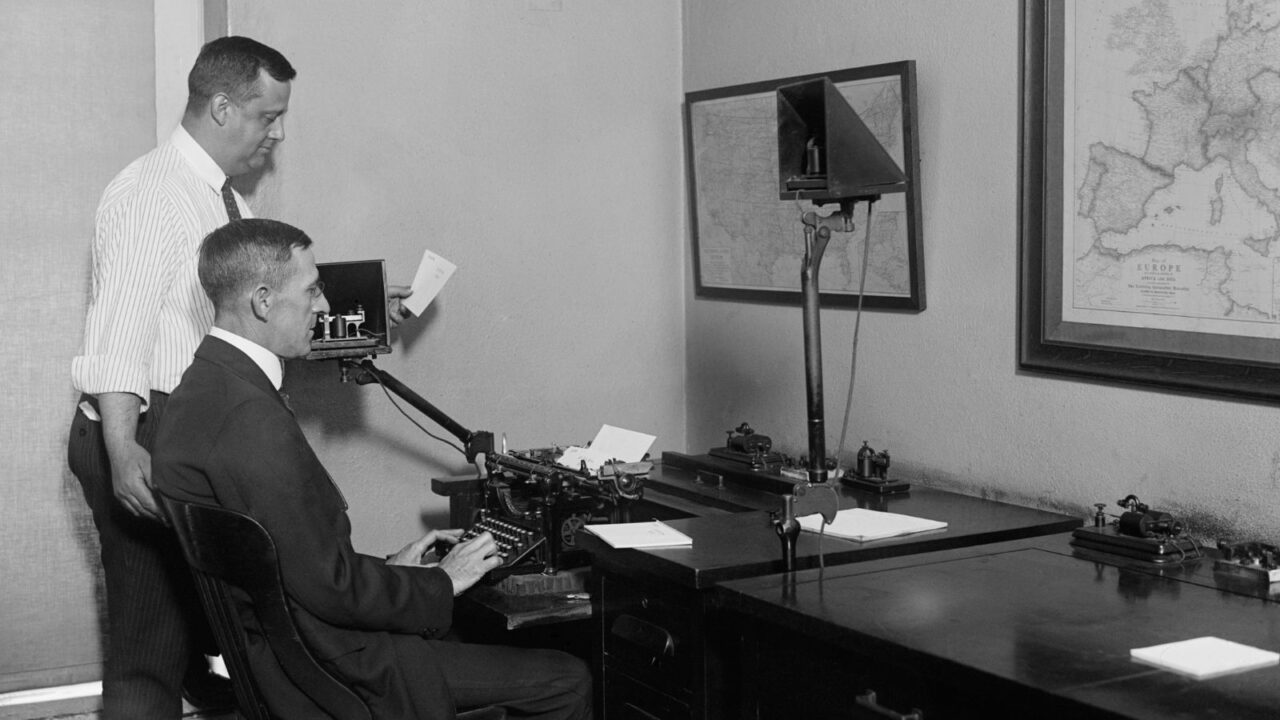
The Telegraph Room, Tech Comes to the White House
Tucked away on the ground floor in the mid-1800s, the Telegraph Room was once one of the most vital spaces in the White House. It was established during the Civil War and served as a direct link between President Abraham Lincoln and the Union Army.
Although it no longer exists today, its role marked the first time technology was used inside the White House to support real-time decision-making. It set the stage for future innovations in presidential communication, transforming how leaders stayed connected to the front lines and the American people.
For a different kind of timeless design legacy, explore Parisian apartment style, inspired by real Haussmann Homes.
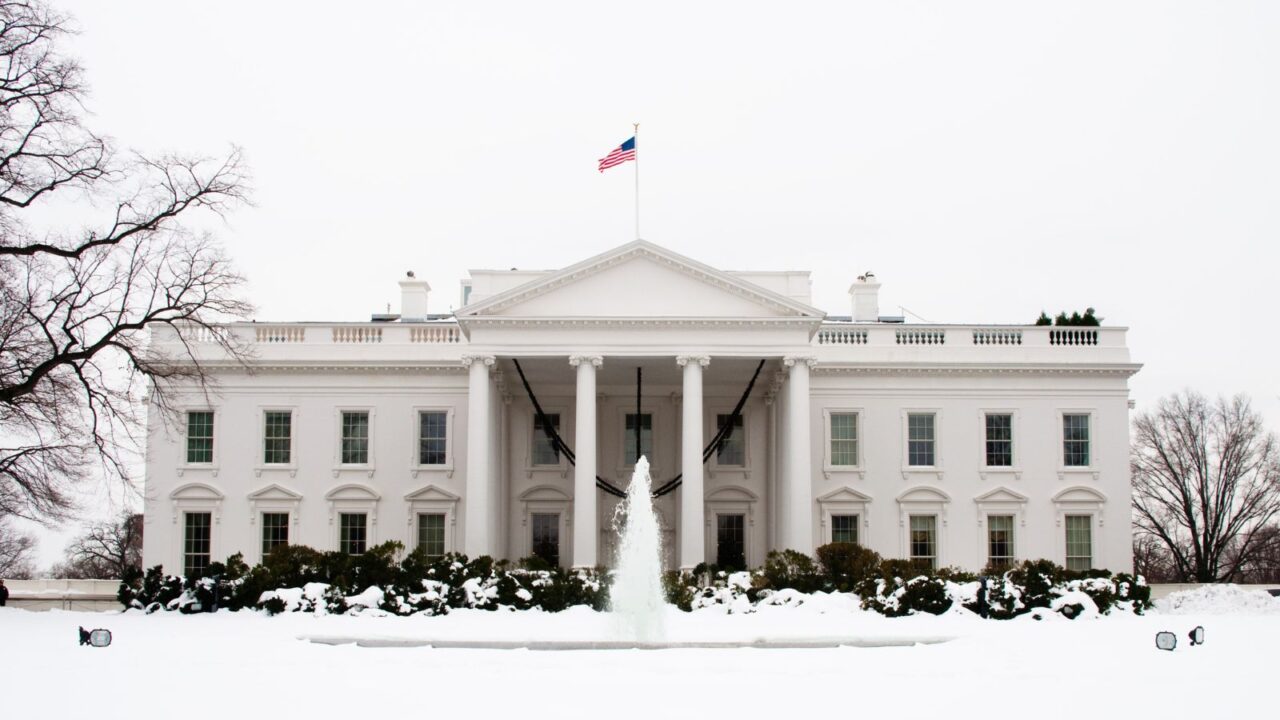
The North Portico, The Iconic Front Door
While not a room, the North Portico is essential to the White House’s iconic appearance. This columned entrance has welcomed everyone from kings and queens to school groups and journalists.
Its Greek Revival architecture, introduced in 1829, adds gravitas to the building’s exterior. The lantern hanging above the door and wide front steps make it instantly recognizable. It sets the tone for the classic-meets-modern aesthetic inside.
For another take on enduring elegance, see how New York’s Plaza Hotel sets luxury decor trends.
How did you like reliving the historic charm of the White House’s iconic rooms? Share your thoughts in the comments.
Read More From This Brand:
- Step Inside Havana’s Hidden Glamour Revival
- Vatican City’s Interiors Are the Blueprint for Bold Living
- The World’s Most Photographed Walls? Greece Made Them Iconic
Don’t forget to follow us for more exclusive content right here on MSN.
This slideshow was made with AI assistance and human editing.
Disclaimer: Some images in this slideshow are for illustrative purposes only and do not depict the actual locations mentioned.